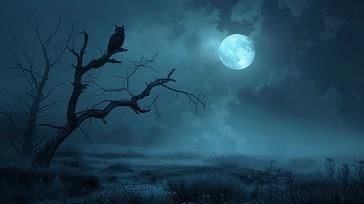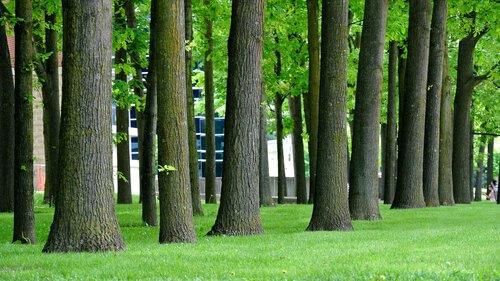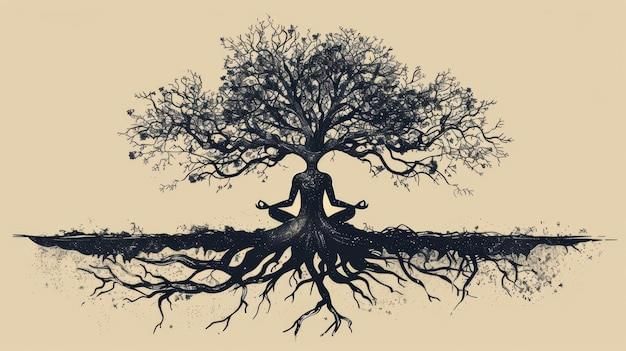|
What symbolic comparison does Adrienne Rich make between women and trees in her poem? |
Card: 1 / 34 |
|
Rich compares women to trees, suggesting that they have been confined indoors but are now ready to venture out and fulfill their purpose. |
Card: 2 / 34 |
|
The roots of the trees in the poem symbolize ___ striving to detach from the veranda floor. |
Card: 3 / 34 |
|
True or False: The absence of women in the poem is depicted as leaving the forest full and vibrant. |
Card: 5 / 34 |
|
False. The absence of women has left the forest empty, depriving birds and insects of shelter. |
Card: 6 / 34 |
|
The branches and leaves represent the desire for freedom, akin to discharged patients leaving a hospital. |
Card: 8 / 34 |
|
Fill in the blank: At night, the poet perceives the trees' desperate movement and hears the breaking of ___ as they attempt to break free. |
Card: 9 / 34 |
|
As the trees reach the forest, their collective presence overshadows the moon, creating the illusion that it is breaking into pieces.  |
Card: 12 / 34 |
|
The forest was described as empty because it lacked ___ and ___ before the trees moved. |
Card: 13 / 34 |
|
True or False: The speaker believes that the trees are moving out to restore the natural balance in the forest. |
Card: 15 / 34 |
|
Fill in the blank: The roots work all night to disengage themselves from the cracks in the ___ floor. |
Card: 17 / 34 |
 Unlock all Flashcards with EduRev Infinity Plan Starting from @ ₹99 only
|
|
What symbolism is represented by the trees' movement towards freedom in the poem? |
Card: 19 / 34 |
|
The trees symbolize a desire for liberation and a return to their natural habitat, contrasting their confinement under the roof.  |
Card: 20 / 34 |
|
The speaker notices the scent of ___ and ___ from the trees, enhancing her sensory experience of the night. |
Card: 21 / 34 |
|
The taller trees seem to break the moon into pieces, creating a visual metaphor that illustrates their connection between the ground and the sky. |
Card: 24 / 34 |
|
Fill in the blank: The twigs exert pressure, causing the trees to ___ and collide as they move outside. |
Card: 25 / 34 |
|
The poem explores the themes of freedom and the liberation struggle, depicting the conflict between humanity and nature, alongside a feminist perspective highlighting women's quest for equality. |
Card: 28 / 34 |
|
True or False: The poem solely focuses on environmental issues without addressing themes of gender equality. |
Card: 29 / 34 |
|
False; the poem also addresses themes of gender equality and women's empowerment. |
Card: 30 / 34 |
|
The poet's activism informs the themes of freedom and equality, as they aim to raise awareness about environmental issues and advocate for women's rights within a male-dominated society. |
Card: 32 / 34 |
|
Fill in the blank: Every being yearns for freedom and is ready to put up a struggle to achieve it, reflecting a common desire for ___ and ___ in the poem. |
Card: 33 / 34 |






















